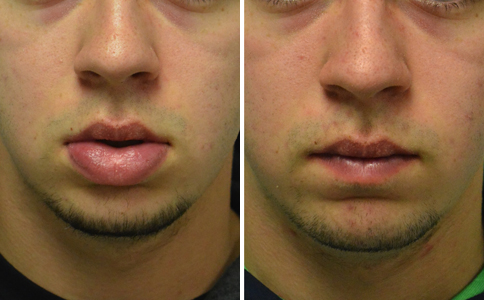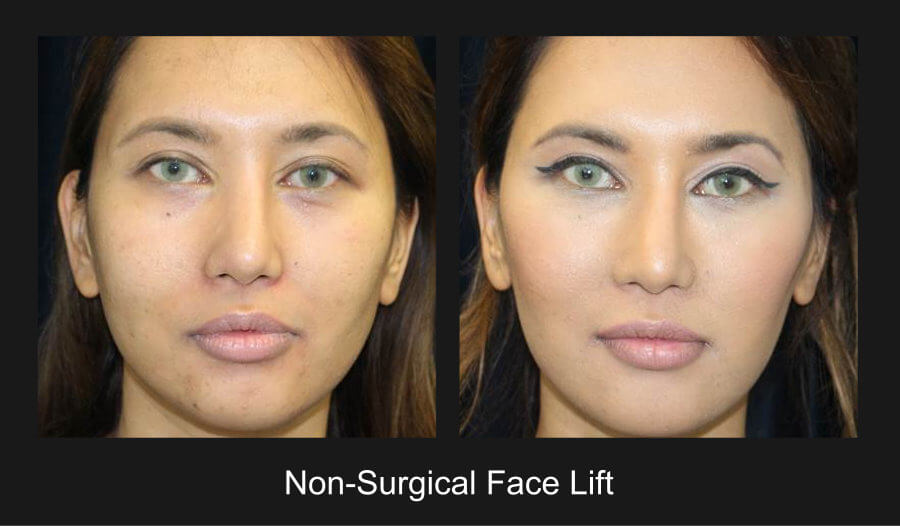
Aimovig and Botox are both approved for use in chronic migraine headaches. This article will describe the use of these medicines and how to prevent side effects. Botox has been approved by the American Academy of Neurology. Both drugs are approved to be combined for migraine headaches. They can have serious side effects.
Side effects from Aimovig
Both botox injections and Aimovig were not directly tested in clinical studies. However, both drugs have been shown to be effective in the treatment of chronic migraine headaches. After three months of treatment, 40% of patients with chronic migraine experienced fewer headache days. Botox reduced headache days in 24 weeks by an average of 9.2 days a month compared with nonusers. Although both medications are brand names, neither one is available as a generic.
While the side effects of Aimovig and botosx are usually minor, serious complications may occur. Even though serious side effects are uncommon, it is important to consult your doctor if you have any concerns. For example, if you have high blood pressure, you may experience an increase in pressure while taking Aimovig. If this happens, your doctor may prescribe a different medication or suggest alternative treatment.

Botox Side Effects
If you're considering using aimovig, it is worth asking what to expect from the injections. Botox injections are administered in the doctor’s office to patients once every 12 week. The procedure consists of 31 tiny injections. Although Botox and Aimovig work in different ways they have similar side effects. Botox injections may help prevent migraines.
Botox injections don't have any side effects. However the possibility of muscle weakness or eyelid ptosis as well as neck pain are possible. Although these side effects generally disappear after a few months, they can still affect patient compliance. Botox treatment requires that you receive injections approximately every 12 weeks. The injections can be painful, so it is recommended to use a cold compress for several days.
Side effects mAbs of CGRP
Side effects of CGRP inhibitors were reported in a small number of clinical trials. However, these side effects are not common. Many patients suffered from other inflammatory comorbidities and experienced unexpected exacerbations of their existing diseases. While some patients were classified as 'at risk', the exact nature of these interactions remains unknown. The lack of information regarding the drug-drug interactions between CGRP inhibitors and other inflammatory comorbidities has led to a cautious approach. It is important for physicians to be aware of the risk group in order to ensure safety when using CGRP inhibitors. To identify patients at highest risk, patient registries must also be established.
CGRP mAbs cause severe flares of psoriasis and arthritic conditions. Both psoriasis, and psoriatic disease are characterised by distinct phases. During the initiating phase, keratinocytes secrete antimicrobial peptides that stimulate plasmacytoid dendritic cells. These peptides are known to stimulate myeloid cell differentiation and maturation into TH1-TH17 cells. Activated myeloid cells promote inflammation by moving to lymph nodes.

Combination therapy has side effects
Botox is a prescription drug used to treat migraine headaches. An intramuscular injection of Aimovig that is administered once every 12 weeks. Both medications can have similar side-effects. Both medications can cause serious side reactions when combined. You should talk to your doctor if you are interested in using one of these drugs. In the meantime, learn about the risks associated with each treatment.
Botox is approved by FDA for the treatment of chronic migraines in adults. It requires at least 31 injections, and it is repeated every three to four months. Although there are few side effects, the treatment can cause muscle weakness temporarily and reduce compliance. Also, it affects the release of neurotransmitters like CGRP. There is a possibility of muscle weakness if botox is combined.